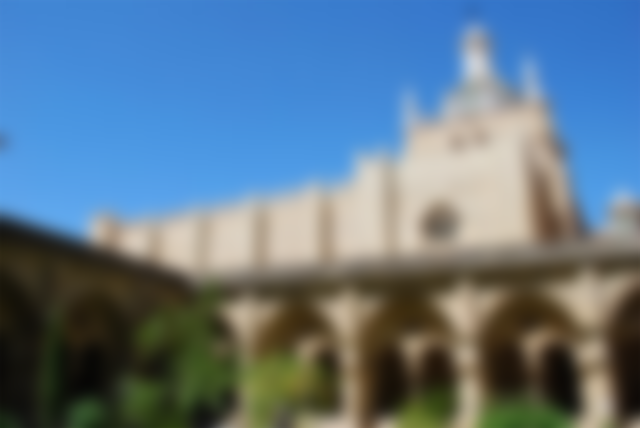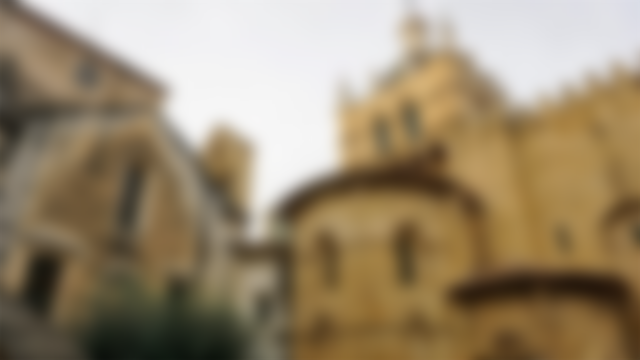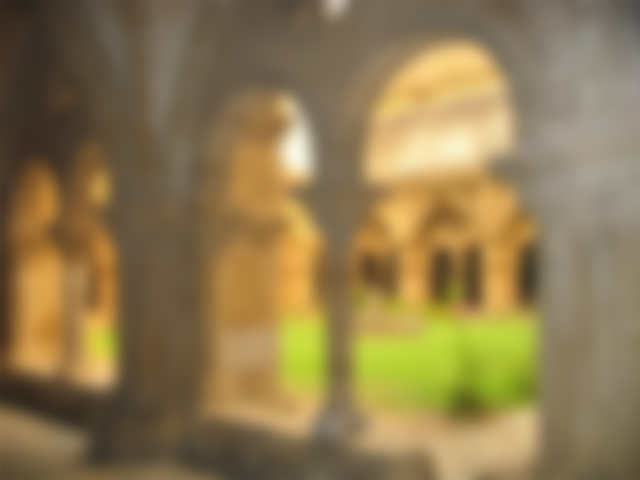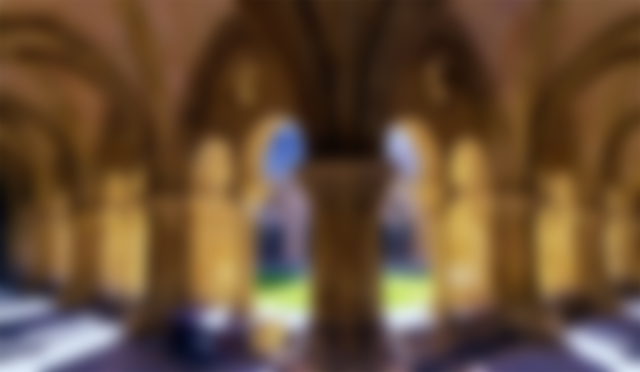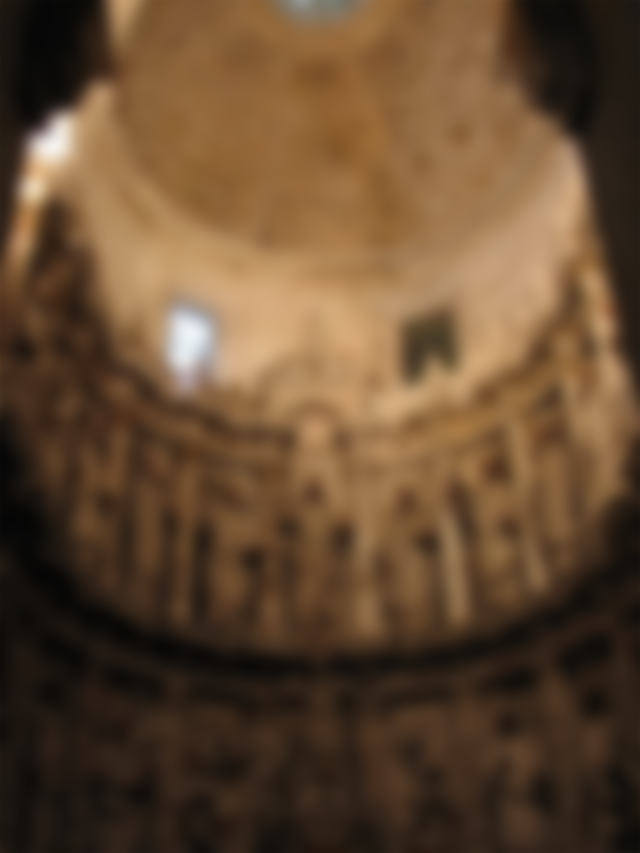Where the second king of Portugal was crowned. Coimbra has been the episcopal seat since the V century, succeeding neighboring Conímbriga. Despite its long history, there is no news of the cathedral until the construction of the Cathedral of Santa Maria de Coimbra, which began in 1164 on the initiative of Bishop D.Miguel Salomão.
This was consecrated in 1184, although the rest of the building was not yet finished and, in 1185, there was crowned the second king of Portugal, D.Sancho I. It is the only Romanesque Portuguese cathedral, from the Reconquista era, which survived relatively intact to the present day.


The building project is attributed to Mestre Roberto, of French origin, who directed the construction of the Lisbon Cathedral at the same time and visited Coimbra periodically. The direction of the works was in charge of Mestre Bernardo, also French, later replaced by Mestre Soeiro, an architect who later worked in other churches in the diocese of Porto.
It is a building of three naves, transept slightly protruding, lantern tower on the cruise and tripartite head. This construction marks a break with the scheme of Romanesque cathedrals followed until then in the country (Braga and Porto) and the beginning of a new typology called cathedrals in the South (Coimbra, Lisbon and Évora).



The cloister began to be erected in 1218, during the reign of D. Afonso II, being one of the first Gothic works built in Portugal. Larger than usual, it was necessary to destroy part of the slope for its construction.
It thus occupies a square area starting at the third section of the nave and exceeding the perimeter of the headboard. It consists of a vaulted floor and the arcades are composed of double pointed arches, based on thin twinned columns and with an upper oculus.

During the campaign of works of the century XVI some innovations were introduced in the building, of which the Renaissance portals stand out, above all the Porta Especiosa, the greatest work of the architect João de Ruão and the sculptor Nicolau de Chanterenne, inspired by the Italian Renaissance.
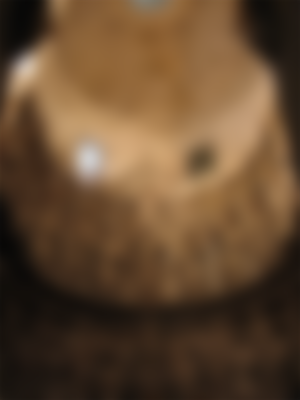
Inside, the Chapel of Santíssimo Sacramento, also by João de Ruão, and the Chapel of São Pedro, attributed to Nicolau de Chanterenne, deserve mention. In the chancel, the gilded altarpiece, in a flaming Gothic style, was designed by the Flemish Olivier de Gand and Jean d'Ypres.

On the side aisles, there are several tombs from the Gothic period (13th-14th centuries), one of the most notable being that of D. Vataça (or Betaça) Lascaris, a Byzantine lady who arrived in Portugal at the beginning of the 14th century, following D. Isabel de Aragon, who was coming to marry King D.Dinis.


